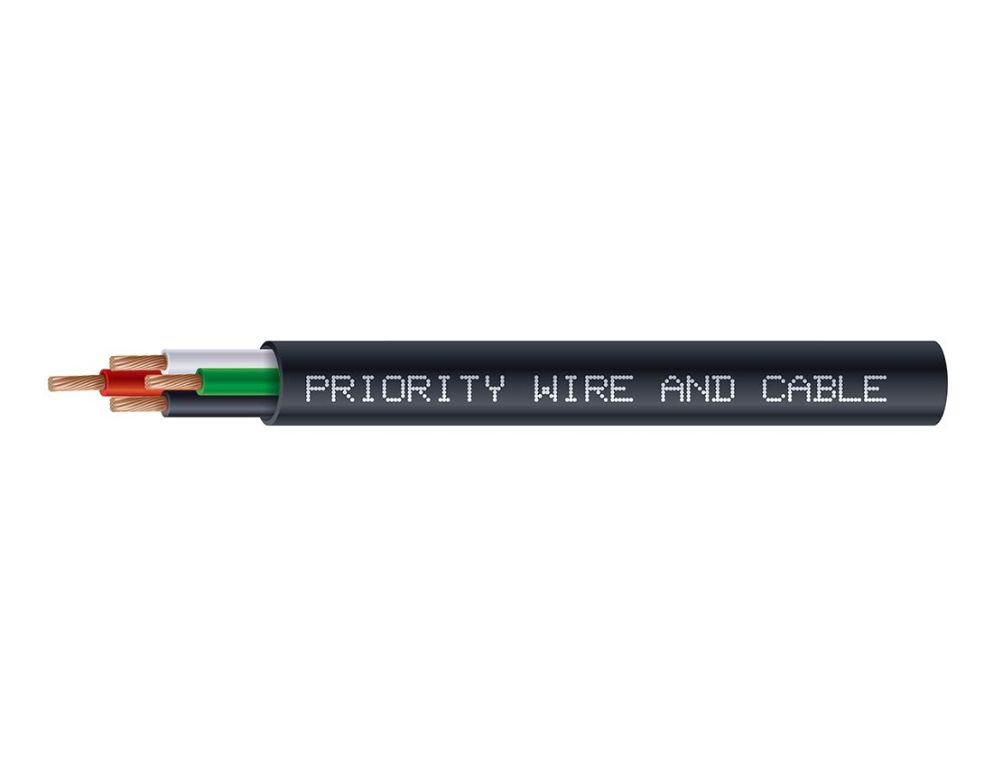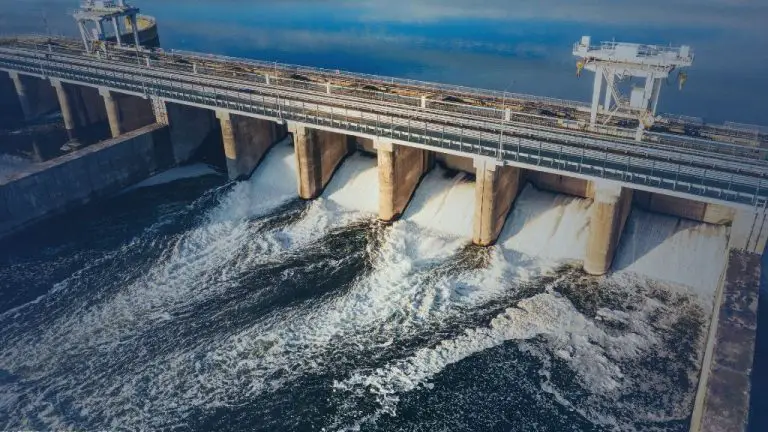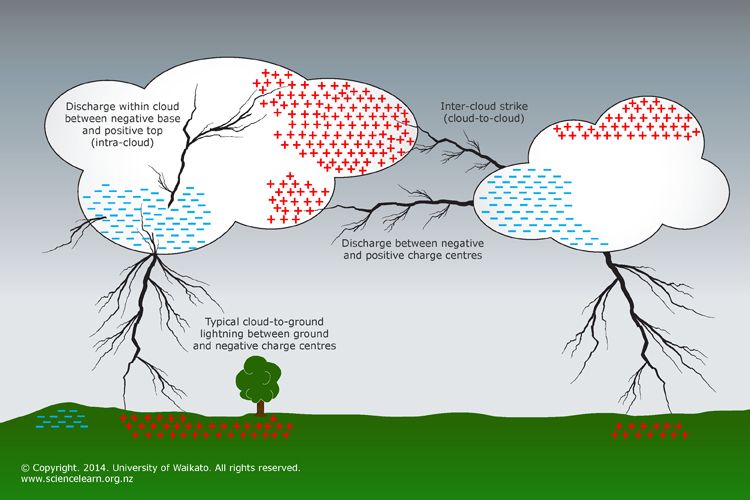Who Makes Priority Cable?
Priority cable, also known as critical circuit cable, is a type of electrical wire designed for applications where reliability is of utmost importance. It is constructed with special design features that allow it to maintain circuit integrity and continue working during fire, building collapse, or other emergency conditions.
Priority cables are most commonly used in critical systems such as fire alarms, security systems, emergency lighting, smoke evacuation, and other life safety applications. They ensure these systems remain operational during an emergency situation to facilitate evacuation, containment, and rescue operations.
Compared to standard building wire, priority cables utilize more robust insulation materials as well as additional protective layers. Common insulation materials include cross-linked polyethylene and ethylene propylene rubber. Additional jackets, armor layers, and other design elements make them resistant to extreme temperatures, abrasion, moisture, and crushing forces.
Having highly reliable cabling for alarm and life safety circuits is crucial. Priority cables meet strict performance standards and building code requirements to provide vital evacuation communication and lighting even during catastrophic building system failures.
History of Priority Cable Development
The development of priority cable began in the late 1950s as the demand for more reliable and secure telecommunication and data transmission increased. Engineers were looking for ways to prioritize and segregate critical communication signals from other traffic on networks.
Early innovators who developed solutions for prioritized cabling included engineers at Bell Labs in the USA and the General Post Office in the UK. At Bell Labs, researchers found that twisting together pairs of insulated wires helped reduce crosstalk interference that occurred between cable pairs in early telephone systems. The British Post Office developed strategies for assigning certain cable pairs to high priority telephone and data circuits.
These early methods for reducing interference and prioritizing signals were precursors to modern priority cabling standards. Further innovations occurred in the 1970s and 80s as local area networks and computer networking gained adoption. Priority cabling allowed critical network backbone and server connections to be segregated and optimized.
Manufacturing Process
Priority cable is manufactured through an intricate process that involves multiple steps. The main materials used are copper conductor strands, insulating compounds like polyethylene or PVC, shielding foils or braids, and protective jackets. Here is an overview of the key steps:
1. Drawing the copper conductor – This involves drawing copper rod through a series of dies to reduce its diameter down to the required conductor size. The number of strands and gauge will depend on the cable specifications.
2. Insulation extrusion – The drawn copper strands are pulled through an extrusion head that applies the insulating compound like polyethylene or PVC onto the conductor. This forms the insulated core.
3. Shielding application – Shielding material like aluminum foil, copper braid or tape is wrapped around the insulated core. This prevents electromagnetic interference.
4. Jacketing – The final step involves pulling the shielded core through another extruder that applies the tough outer jacket for mechanical/environmental protection.
The priority cable then goes through testing and quality checks before being wound onto reels and shipped. Proper materials and precision manufacturing is critical for ensuring the cable’s durability, transmission reliability and safety.
Key Manufacturers
The priority cable manufacturing industry is dominated by a few major players who control a large share of the global market. Some of the leading manufacturers of priority cable include:

-
Nexans – Based in France, Nexans is the world’s leading manufacturer of priority cables. The company has over 25,000 employees across 34 countries and has a strong global presence. Nexans supplies priority cables for applications ranging from telecom networks to offshore oil platforms. The company holds an estimated 15-20% share of the global priority cable market.
-
Prysmian Group – Headquartered in Italy, Prysmian is another leading player in the priority cable space with an estimated 12-15% market share globally. The company has a strong presence in over 50 countries and offers a wide variety of priority cables for industrial, energy infrastructure, and telecom applications.
-
LS Cable & System – Based in South Korea, LS Cable & System is a major priority cable manufacturer focused on the Asian markets. The company has an estimated 8-10% global market share and has manufacturing facilities across China, Vietnam, Indonesia and India.
-
Southwire – A leading American company, Southwire supplies priority cables mainly for the utilities, OEMs, and contractors in the North American market. Southwire has a substantial share of the US market for priority cables.
Some other notable manufacturers include Sumitomo Electric Industries (Japan), Hengtong Group (China), Encore Wire Corporation (US), and Finolex Cables (India). The priority cable manufacturing industry remains fairly consolidated globally, with the top 5-6 players controlling over 60% of the worldwide market share.
Product Specifications
Priority cables have specific design and construction specifications that make them suitable for special applications. Here are some of the key technical details:
Types
There are several major types of priority cables, including:
- Priority control cables – Used for emergency systems like fire alarms and security systems. Often have a distinctive red jacket.
- Priority telephone cables – Used for 911 systems and other essential voice communications. Color coded blue.
- Priority power cables – Used for hospitals, data centers, and other critical facilities to provide backup power if utility power fails.
Sizes
Priority cables come in a wide range of sizes depending on their application. Control and telephone cables may be small gauge, while power cables are much larger.
Common sizes include:
- 10 AWG
- 8 AWG
- 6 AWG
- 4 AWG
- 2 AWG
- 1/0 AWG
- 2/0 AWG
- 3/0 AWG
- 4/0 AWG
Capacities
Priority power cables are designed to safely handle the electrical loads needed for critical systems. Typical capacities are:
- 10 AWG – 30 amps
- 8 AWG – 40 amps
- 6 AWG – 55 amps
- 4 AWG – 70 amps
- 2 AWG – 95 amps
- 1/0 AWG – 110 amps
- 2/0 AWG – 125 amps
- 3/0 AWG – 145 amps
- 4/0 AWG – 170 amps
Applications
Priority cable is used in a variety of applications that require secure and reliable connections, including:
Telecommunications – Priority cable is commonly used for wiring telecom networks and data centers. The flame retardant and halogen-free insulation ensures safety and performance for mission-critical systems.
Military – Priority cable meets rigorous military specifications and is used for applications like secure communications, avionics systems, and shipboard power distribution. The durable construction withstands harsh environmental conditions.
Aerospace – Priority cable is widely used in aircraft and spacecraft. It meets aviation standards for flame resistance and low smoke output. Weight savings versus standard cables is also advantageous.
Medical – Healthcare facilities rely on priority cable for patient monitoring systems, imaging equipment, and lab instrumentation. Performance and safety are paramount in hospital environments.
Instrumentation – Priority instrumentation cable connects process controls, sensors, recorders, and other measurement equipment. The precision construction delivers accuracy and noise reduction.
Transportation – Priority cable keeps transportation systems like rail networks, traffic systems, and electric vehicles connected and communicating reliably.
With its robust construction and specialized performance, priority cable provides critical connections in a vast array of industries where safety, security, and precision are essential.
Standards and Certifications
Priority cable must meet rigorous industry standards and certifications to ensure safety and reliability. Some key standards and certifications include:
-
UL 444 – Standard for Communications Cables set by Underwriters Laboratories. Specifies requirements for flame resistance and other safety criteria.
-
UL 1666 – Standard for the Testing and Marking of Fire Resistive Cables. Verifies cables can withstand fire exposure without transmitting flames.
-
IEEE 383 – Standard for Qualifying Class 1E Electric Cables and Field Splices for Nuclear Power Generating Stations. Covers radiation resistance requirements.
-
NEMA WC 70 / ICEA S-95-658 – Standard for Nonshielded Cables Rated 2000 Volts or Less for the Distribution of Electrical Energy. Defines insulation, testing, and marking criteria.
-
TIA-968-A – Telecommunications Industry Association standard for field testing of copper cables. Ensures electrical performance.
-
ISO/IEC 11801 – International standard for generic cabling systems. Includes standards for priority control cabling.
-
IEC 60332 – Tests on electric and optical fibre cables under fire conditions. Assesses flame spread performance.
Compliance with these standards provides assurance that priority cables meet requirements for critical systems and infrastructure.
Cost Analysis
Priority cable can range greatly in cost depending on various factors like manufacturing methods, quality of materials, vendor relationships, and quantity ordered. Here is an overview of typical costs:
Material Costs
The conductive metals used in priority cable like copper and aluminum are the major material costs. Copper prices have fluctuated dramatically over the past decade from a low of $1.94/lb in 2001 to a peak of $4.60/lb in 2011. They have settled in the $3.00-$3.50/lb range more recently. Aluminum follows similar trends but at lower price points. Insulation materials like PVC are relatively inexpensive.
Manufacturing Costs
Drawing, stranding, shielding, insulating and jacketing priority cable involves a great deal of machinery, energy and labor. Smaller specialty shops manufacture 100-500 feet per hour, while large automated factories can produce 10,000-20,000 feet per hour. The economies of scale significantly reduce cost per foot in high volume production.
Wholesale vs Retail Pricing
Large OEMs and government agencies may pay $1-$5/foot buying direct in bulk from manufacturers. Smaller end users typically buy from distributors at $5-$15/foot depending on quantity. Retail pricing can range from $10-$40/foot or more for pre-terminated assemblies.
Priority cable is generally sold by the foot, though very high performance cable may be sold by number of conductors or pairs. Discounts apply for larger quantity purchases. Though competitive pressures keep margins tight across the supply chain.
Future Outlook
The priority cable industry is expected to see steady growth in the coming years, driven by increased demand from various sectors. Here are some of the key trends shaping the future outlook of priority cables:
Increasing Demand from Data Centers: With the growth of cloud computing, IoT, 5G networks and big data, there is rising demand for high-speed data cables from hyperscale and enterprise data centers. Priority cables such as Cat 6a and Cat 7 are well suited to handle high bandwidth applications.
Rise of Smart Cities: Urbanization and development of smart cities globally will drive demand for priority cables for smart energy grids, connected lighting systems, traffic management systems etc. Fiber optic cables will be crucial for high-speed data transfer.
Upgradation of Telecom Networks: Telecom operators are upgrading their networks to 5G which requires high-performance fiber optic cables for backhaul networks and data centers. This presents growth opportunities for priority cable manufacturers.
Automation and IoT Adoption: Industries are adopting automation and IoT solutions requiring high-bandwidth network connectivity and real-time data transfer. This is creating demand for industrial Ethernet cables and other specialized priority cables.
Renewable Energy Projects: Large-scale solar, wind and tidal projects need robust power cables for energy transmission and distribution. Priority cables offer enhanced safety, reliability and efficiency.
According to industry forecasts, the global priority cables market is projected to grow at a CAGR of around 5% from 2022 to 2027. Key players are investing in R&D, advanced cable designs, and strategic partnerships to tap the growth opportunities in this market.
Conclusions
In summary, priority cable is a specialized type of cabling used in mission-critical networks and applications that require enhanced performance and reliability. Though more expensive than standard Ethernet cable, priority cabling provides several advantages:
- Higher bandwidth potential, allowing for 10 Gigabit speeds and beyond
- Improved resistance to electromagnetic interference and crosstalk
- Stricter manufacturing standards and quality control testing
- Component shielding for better signal integrity
- Superior mechanical strength and protection
- Longer lifespan with lower failure rates
Major enterprise IT companies like Cisco and Panduit are the primary manufacturers of priority cabling, catering to data centers, financial institutions, government agencies, and other organizations where network performance is paramount. Though costly, for mission-critical applications and future-proof networks, priority cabling delivers the speed, reliability, and quality needed by network engineers and architects. It remains an essential infrastructure component for enterprises operating at scale.






